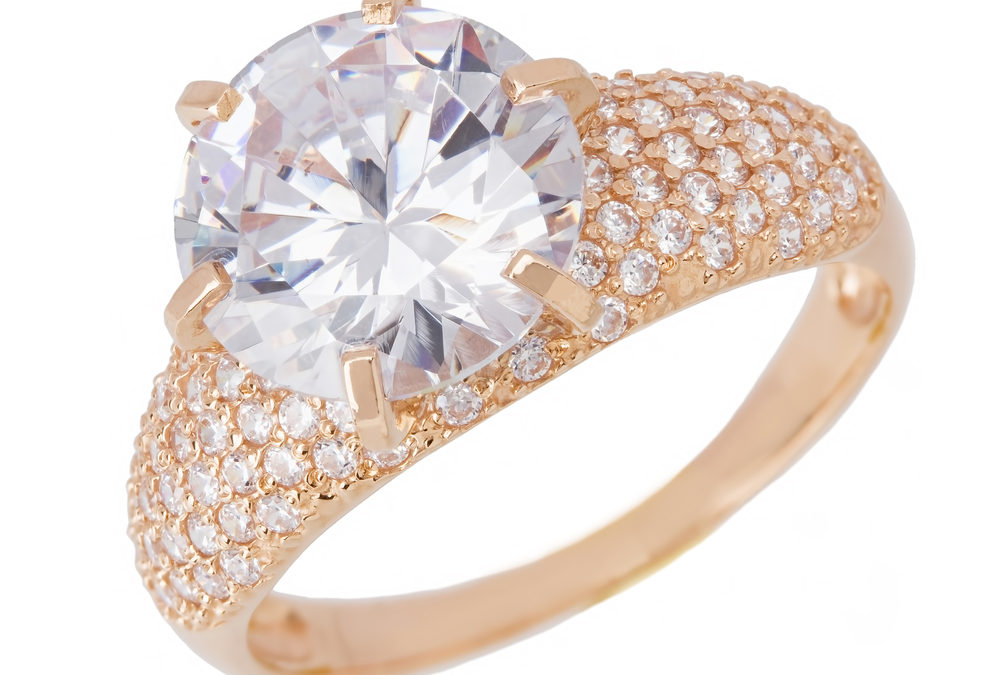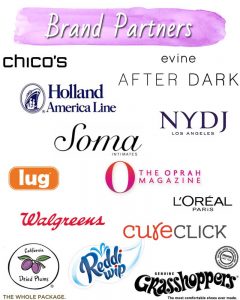This is a collaboration, but as always, my opinions are my own.
When it comes to fine jewelry, many people are opting out of purchasing mined diamonds in favor of a less expensive, conflict-free and more environmentally-friendly choice. So, what do you do if you want a sparkly, long-lasting piece of jewelry and would prefer not to purchase a diamond? There are actually several choices: diamond simulants, lab-grown diamonds and moissanite. If you’re looking for sparkle and durability, moissanite might be just the answer you are looking for.
Before I get into why moissanite could be a good choice, here’s a bit of backstory on diamonds.
Diamond engagement rings were not popular until 1947 when De Beers, the British company that mined diamonds in South Africa, launched an advertising campaign. With the slogan, “A diamond is forever,” and the help of some Hollywood celebrities, diamonds skyrocketed in popularity… and so did their prices. And for many many years, we believed that they were worth the very high prices. It’s somewhat like Kellogg’s and their campaign about breakfast being the most important meal of the day. It’s never been proven, but we still believe it to be true.
Where did Moissanite come from?
Moissanite was discovered in the form of silicon carbide all the back in the 1800s, by a French chemist from whom it takes its name – Henri Moissan. The discovery was made near the impact site of a meteorite crater in Arizona, which for a long time led people to believe that moissanite is an extra-terrestrial mineral. This is however not correct, as silicon carbide, although rare, is endemic to earth. It is very easily grown in lab conditions, which accounts for the far lower price point when compared to diamonds, which are subject to mining procedures and their related costs. But moissanite is also not the same as lab-grown diamonds.
Only the company Charles & Colvard holds the rights to manufacturing moissanite from silicon carbide in the United States and anything that does not hold the official hallmark could be a cheap and inauthentic knock-off, so always look for that.
How to find and buy a Moissanite
Moissanites are thought to be the second hardest substance that exists, second only to diamonds and lab grown diamonds (which are equivalent). Hardness is measured on the Mohs scale, and while diamonds score a 10, moissanite is close behind them at 9.5. In practicality, this means that the wear, feel, and impact resistance of a moissanite is remarkably close to that of a diamond and that you will be able to wear your moissanite jewelry in the same way you would have worn a diamond, without fear of nicking, chipping, or other damage.
Not only does moissanite give you a comparable experience in terms of use, but you also get nearly all the benefits of a diamond at a fraction of the cost when you choose moissanite. Moissanite has nearly double the fire and brilliance of a diamond, which is what makes them so beautiful. Far from being a fake or a knock-off, moissanite diamond engagement rings are valuable jewels in their own right. The stone(s) you end up choosing at the end of your decision-making process will come down to a matter of personal choice.
Why so brilliant?
The reason that moissanite has more brilliance than diamonds is that it has twice the refractive properties of diamonds. This means that any light which enters the stone is split in two before exiting the stone again. Diamonds are only single refractive, and as such, do not give off the brilliance that a moissanite does. If you love sparkle AND durability, you cannot go wrong with moissanite!
LEARN TO LOVE YOUR LIFE AGAIN
 Do you feel like you need to hit the REFRESH button on your life? Download our free guide and begin to create your best life yet!
Do you feel like you need to hit the REFRESH button on your life? Download our free guide and begin to create your best life yet!



